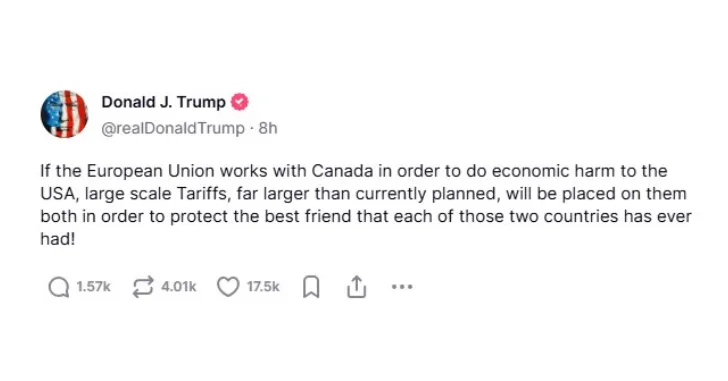Gold‘s role as an economic hedge and safe haven is deeply rooted in its unique characteristics and historical context. Here’s a detailed analysis of why gold is considered a reliable economic hedge and a safe haven, especially from an advanced financial and economic standpoint:
Hedge Against Inflation
Gold is often seen as a protection against inflation. Over time, fiat currencies tend to lose value due to inflation, but gold typically maintains its value. Historically, the price of gold has often increased when the real returns on bonds and cash are negative, making it an attractive investment during inflationary periods.
Diversification
In finance, diversification is key to risk management. Gold usually has a low to negative correlation with other financial assets like stocks and bonds. This means when stocks or bonds are underperforming due to economic downturns, gold prices may not be similarly affected or may even rise. Including gold in a portfolio can reduce volatility and risk.
Currency Devaluation
Gold is denominated in U.S. dollars, and when the dollar weakens, gold often becomes more expensive in dollar terms. For investors holding other currencies, this can represent a gain. Thus, gold is used as a hedge against currency risk, particularly in countries with weaker or more volatile currencies.
Uncertainty and Geopolitical Risks
During times of political instability or global crises, investors often turn to gold as a safe haven. Unlike government-backed assets, gold’s value is not directly affected by political decisions or geopolitical unrest, making it a relatively safe investment during such times.
Store of Value
Gold has been a store of value for thousands of years. It doesn’t corrode and maintains its aesthetic and intrinsic value over time. This enduring value makes it a preferred choice for preserving wealth across generations.
Liquidity in Crisis
In severe economic crises, when other assets might be hard to liquidate, gold often remains liquid. Its universal acceptability and intrinsic value make it a viable asset to trade even in adverse economic conditions.
Limited Influence of Central Banks
Unlike fiat currencies, whose value and supply are controlled by central banks, gold cannot be printed or artificially produced. This limits the potential for devaluation through increased supply and makes it attractive to those wary of central bank policies or excessive monetary easing.
Psychological Confidence
The perception of gold as a safe asset is also supported by psychological factors. Its historical role as a symbol of wealth and stability contributes to investor confidence, especially during times of financial uncertainty.
In summary, gold’s reputation as an economic hedge and safe haven is built upon its historical stability, intrinsic value, and the psychological confidence it inspires. Its ability to maintain value in the face of inflation, currency devaluation, political instability, and economic crises makes it a unique and sought-after asset in the realm of finance and investment.
If you would like to learn more about gold and how to use as part of your investment portfolio, check out our Precious Metals and Commodoties for Beginners section.






